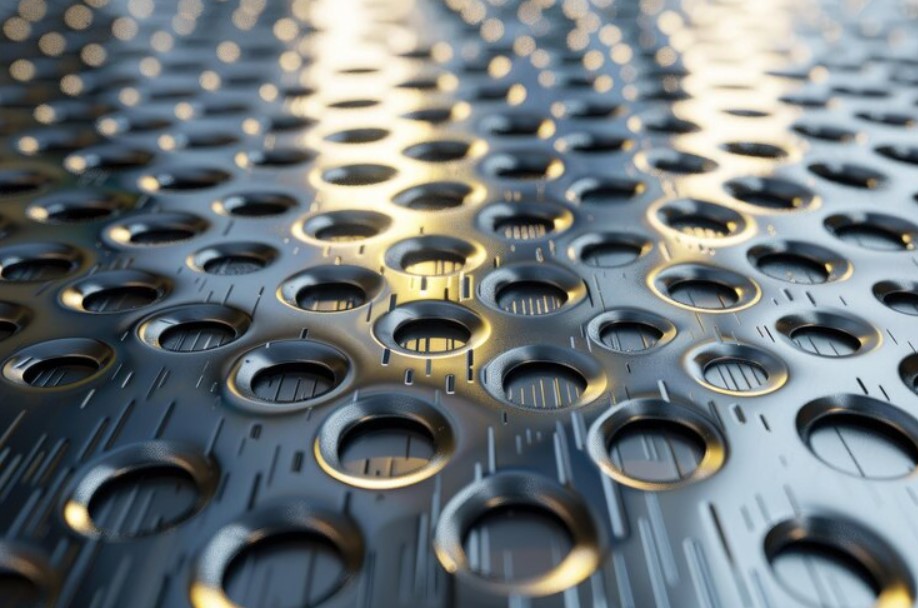Stainless steel press fittings offer unmatched durability and reliability, making them a preferred choice in many industries. However, even the best materials can fail if not handled correctly. Mistakes during installation can lead to leaks, system failures, and costly repairs. Understanding and avoiding these common mistakes is crucial for maintaining the integrity of your system.
However, this blog aims to identify and explain these pitfalls, providing practical advice to ensure your fittings perform as expected. By following these guidelines, you can achieve leak-free, long-lasting connections and avoid the frustrations and expenses associated with improper Stainless Steel Press Fit installations. So, let’s delve into the key points that will help you keep your systems running smoothly and efficiently.
Understanding Stainless Steel Press Fittings
What are Stainless Steel Press Fittings?
Stainless steel press fittings are used to connect pipes securely. They are known for their strength and resistance to corrosion. Additionally, these fittings are used in various applications, from plumbing to industrial systems.
Benefits of Using Stainless Steel Press Fittings
-
Durability: They last longer than many other materials.
-
Corrosion Resistance: Ideal for environments where other metals might rust.
-
Ease of Installation: In addition, they can be installed quickly and efficiently.
Common Areas of Use
-
Plumbing Systems: Ensuring leak-free water supply lines.
-
Heating Systems: Reliable connections in heating applications.
-
Industrial Piping: Additionally, used in various industrial processes for their strength and reliability.
Common Mistakes and How to Avoid Them
Incorrect Tool Selection
Using the right tools is crucial to avoid stainless steel press fit installation mistakes. Additionally, the wrong tools can damage the fittings or pipes.
-
Importance of Using the Right Tools
-
Ensures proper connections
-
Prevents damage to fittings
-
Saves time and effort
-
-
Tips for Selecting the Correct Tools
-
Therefore, check the manufacturer’s recommendations.
-
Moreover, invest in high-quality, durable tools.
-
Regularly inspect tools for wear and tear.
-
Poor Pipe Preparation
Preparing the pipes correctly is essential for a secure fit. Therefore, skipping steps can lead to leaks and system failures.
-
Significance of Proper Pipe Preparation
-
Ensures a clean and smooth surface
-
In addition, prevents leaks and connection failures
-
-
Steps to Prepare Pipes Correctly
-
Clean the pipe ends thoroughly.
-
Thus, remove any burrs or sharp edges.
-
Measure and cut pipes accurately.
-
Incorrect Pressing Technique
Even with the right tools and well-prepared pipes, the technique is vital. Moreover, improper pressing can compromise the entire system.
-
Overview of Proper Pressing Techniques
-
Follow the manufacturer’s guidelines.
-
Apply even pressure when pressing.
-
So, ensure the fitting is aligned correctly with the pipe.
-
-
Common Pressing Errors and How to Avoid Them
-
Not applying enough pressure: Double-check the tool settings.
-
Misalignment: Make sure the fitting is straight.
-
Rushing the process: Take your time to ensure a secure fit.
-
Neglecting Regular Maintenance
Maintenance is often overlooked but is crucial for the longevity of your tools and fittings. Moreover, regular checks can prevent unexpected failures.
-
Importance of Maintaining Press Tools
-
Prolongs the life of your tools
-
Ensures consistent performance
-
-
Simple Maintenance Tips to Prolong Tool Life
-
Clean tools after each use.
-
Store tools in a dry place.
-
Regularly inspect for damage or wear.
-
Overlooking Manufacturer Instructions
Manufacturer instructions are there for a reason. Thus, ignoring them can lead to significant issues.
-
The Role of Manufacturer Guidelines in Successful Press Fitting
-
Provides specific details for correct usage
-
Ensures safety and efficiency
-
-
How to Ensure Compliance with Instructions
-
Read the manual thoroughly before starting.
-
Moreover, keep the manual handy for reference.
-
Follow all guidelines to the letter.
-
By understanding these common stainless steel press fit installation mistakes, you can ensure your equipment installs correctly and perform reliably.
Tips for Successful Stainless Steel Press Fittings
Summary of Best Practices for Press Fittings
Avoiding stainless steel press fit installation mistakes involves several key practices. Moreover, following these tips can help you achieve reliable and leak-free connections.
-
Choose the Right Fittings
-
Always select fittings suitable for your specific application.
-
Additionally, consult with manufacturers to verify compatibility.
-
-
Use Quality Tools
-
Invest in high-quality press tools.
-
Regularly maintain and calibrate your tools.
-
-
Proper Pipe Preparation
-
Clean and deburr pipes before pressing.
-
Measure and cut pipes accurately.
-
-
Follow Manufacturer Instructions
-
Read and adhere to all guidelines.
-
Furthermore, keep the instruction manual handy.
-
Additional Tips for Achieving Leak-Free and Durable Connections
In addition to the basic best practices, there are several additional tips to consider. In addition, these can further enhance the reliability and durability of your press fittings.
-
Perform Regular Inspections
-
Check fittings and connections regularly.
-
Additionally, look for signs of wear, corrosion, or damage.
-
-
Implement Preventative Maintenance
-
Schedule routine maintenance checks.
-
Address any issues immediately to prevent failures.
-
-
Ensure Proper Storage
-
Store fittings and tools in a clean, dry environment.
-
Consequently, avoid exposure to extreme temperatures or moisture.
-
-
Educate Your Team
-
Train your team on proper installation techniques.
-
Additionally, provide regular updates on best practices and safety guidelines.
-
By incorporating these additional tips into your routine, you can further ensure the success of your stainless steel press fittings.
The End Note
Overall, successful stainless steel press fit hinges on meticulous attention to detail and adherence to proven best practices. By selecting the right fittings and using high-quality tools, you ensure reliable connections. Proper pipe preparation, adherence to manufacturer instructions, and regular inspections are crucial for maintaining system integrity. Additionally, implementing preventative maintenance and ensuring proper storage extends the lifespan of your fittings and tools. Moreover, educating your team on these practices further enhances efficiency and reduces the risk of errors.
